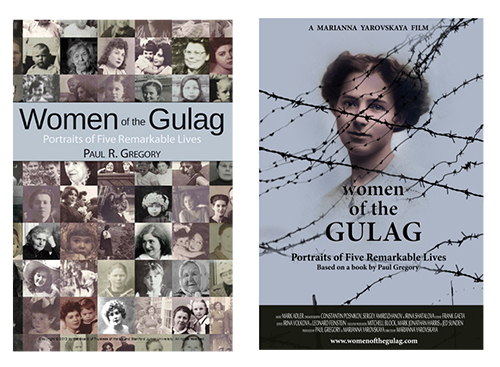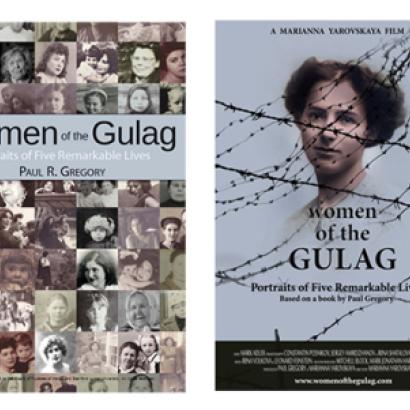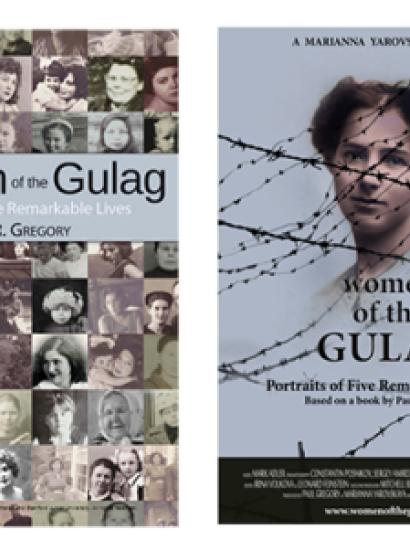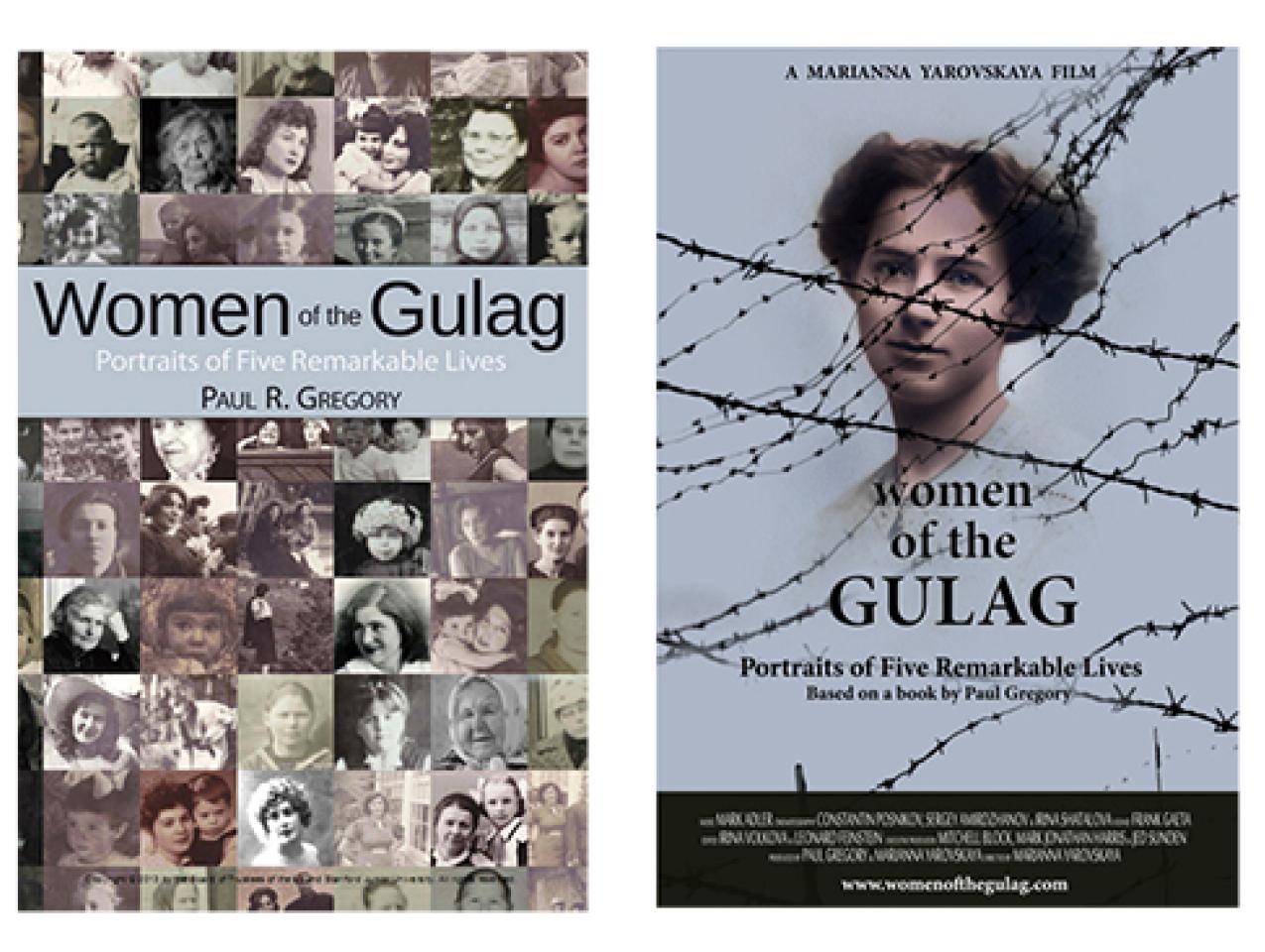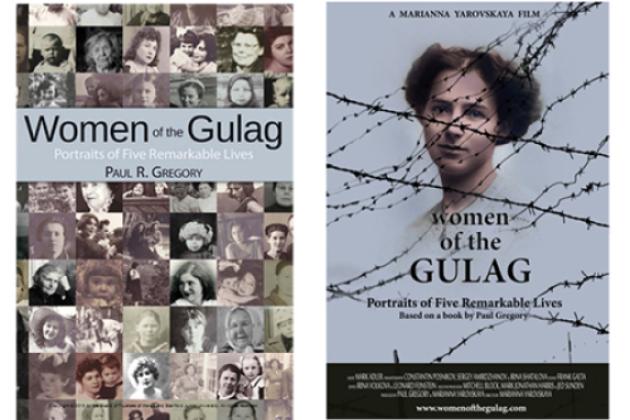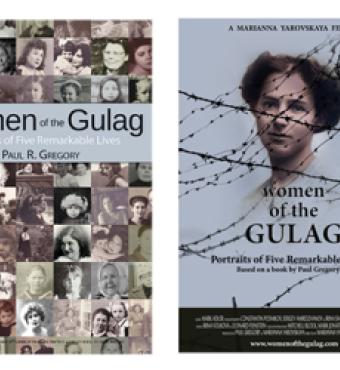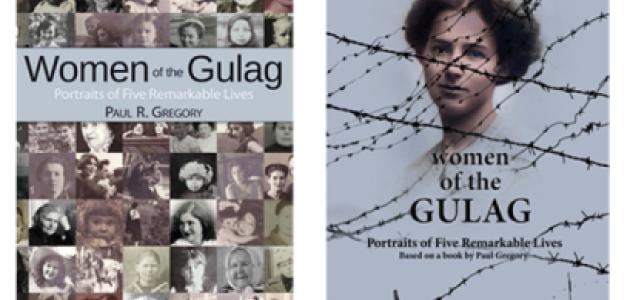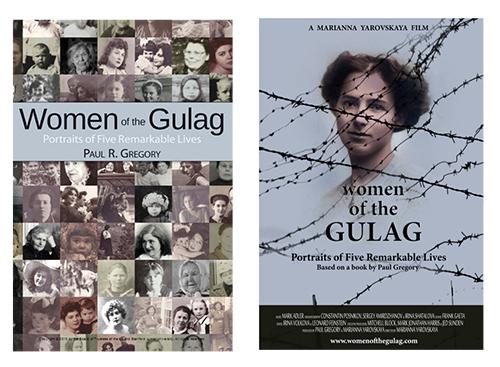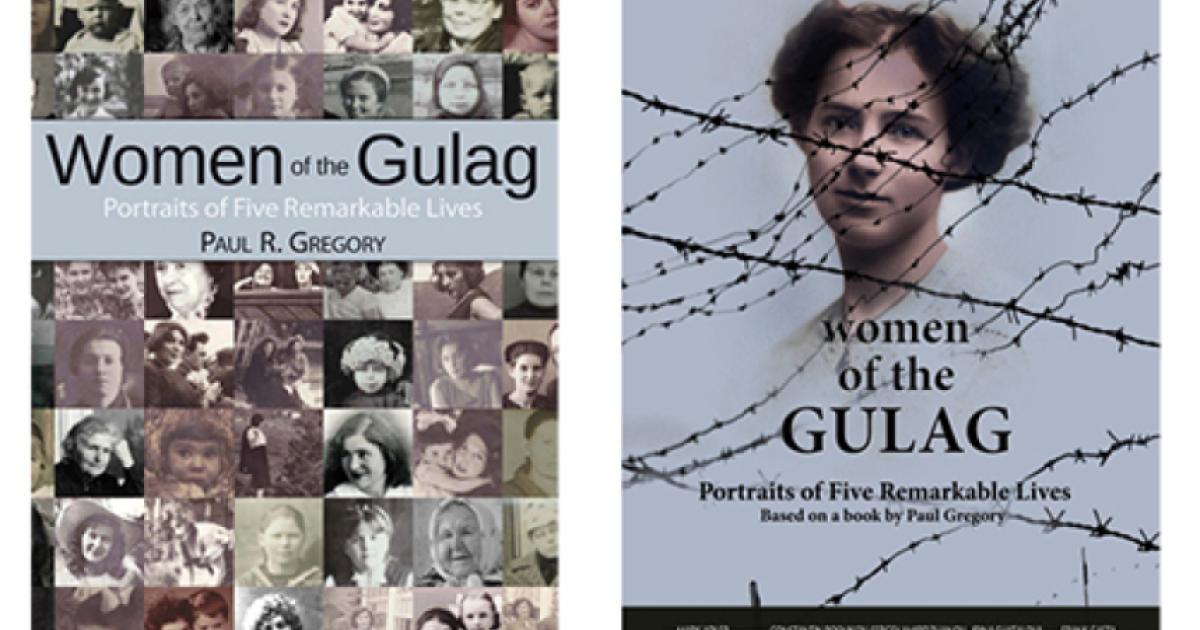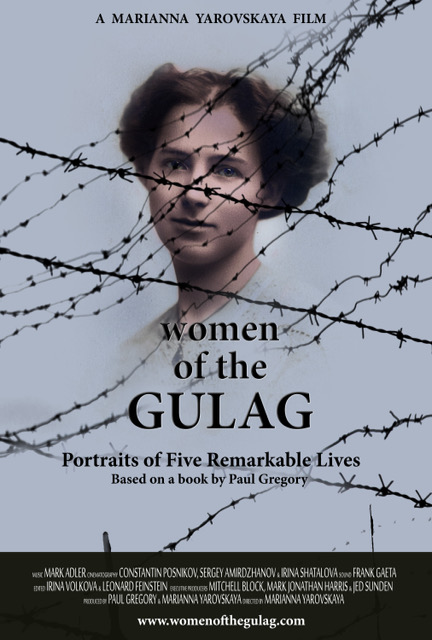
Women of the Gulag, a new film documentary based on Hoover Institution scholar Paul Gregory’s book by that name, is among the ten films on the Oscar awards’ short list for “documentary (short subject).” The film is directed by Russian-American film maker Marianna Yarovskaya of Mayfilms and produced by her and Gregory.
On Dec. 17, the Academy of Motion Picture Arts and Sciences announced shortlists of semi-finalists in nine separate categories. Voting begins Jan. 7 and the nominees will be announced along with all other Oscar categories on Jan. 22. Presentation of the winners will be Feb. 24.
Drawing upon the 2013 Hoover Institution Press book, Women of the Gulag: Portraits of Five Remarkable Lives, the film tells five compelling and tragic stories of women who survived the Gulag – the brutal system of repression and terror that devastated the Soviet population during the Stalin dictatorship.
Women of the Gulag was first screened on Sept. 21 in Santa Monica, California. The John Batchelor radio show this year featured an episode on the subject, and in 2013, Gregory talked about his research on CSPAN BOOKTV.
The film and book portray Gregory’s research on the oft-forgotten female victims of the Gulag. His work relied heavily on material in the Hoover Library & Archives.
Gregory is a Hoover research fellow who specializes in economic history, the Soviet economy, transition economies, and comparative economics. He was recently interviewed about the project:
What role did the Hoover Library & Archives play in the book and documentary?
Gregory: I wrote Women of the Gulag using Hoover L&A for my research. The narrative called for sufficiently detailed (largely unpublished) memoirs of women survivors of the Gulag. These I obtained largely from the on-line records of the Sakharov Foundation I had to reconstruct the biography of one character (a public figure) from monographs and journals located in Hoover Library and from Hoover archival materials. The Hoover Library played more of a role than I expected because of its rich holdings of books and journals from the early Soviet period. The Nestor Lakoba archival collection provided a unique source of information and informal Stalin photos for the story of Adile Abbas Ogly.
A second cornerstone of the book was an account of the decisions being made in the Kremlin that determined (or sealed) the fates of the five characters. For this narrative, I used the Archives of the Communist Party (Central Committee plenums), the Volkogonov collection, and documents from Hoover-sponsored document collections, such as The History of the Stalin Gulag (seven volumes), and Stenograms of the Politburo of the Communist Party (two volumes), plus special files of Meetings of the Politburo.
A third cornerstone was to make the characters into real people by describing their families, their daily lives, and the sights and sounds they encountered along the way. The Hoover library’s collections of local and regional newspapers and monographs from obscure regional presses from this period proved indispensable. The Russian-language internet was also a rich source for finding details of locations, surroundings, etc. Finally, I took advantage of the most recent literature on the Great Terror and Gulag, much of which itself was researched in the Hoover Library and Archives.
What was most surprising to you in your research findings?
Gregory: My first surprise was that I could gather enough information from the above sources to breathe life into the five remarkable women whose lives I was chronicling. I was also surprised (although I had encountered this in the statistics) by the fine line between executioner and condemned. The two women in my book who married executioners lost their husbands to execution and one was forced into suicide
My second surprise (and this led to the documentary film with Marianna Yarovskaya) was that three of my characters were still alive in their upper 80s and lower 90s. They readily agreed to be filmed. The others were long gone and had no adult children to tell their story first-hand. Therefore, Marianna and I used networking and the good services of Memorial Moscow to identify three additional Women of the Gulag, who told their remarkable stories on camera. We called our subjects “last witnesses” while making our documentary. Indeed, two of the main characters died shortly after their interviews.
My third surprise was that no one had written this book or made this documentary before us. Hollywood has been remarkably absent in the coverage of Stalinist crimes against humanity. Perhaps Women of the Gulag will be a turning point.
What are your expectations for the documentary at the Oscars? What are people saying about it?
Gregory: We showed a rough cut in Washington, DC, for the 100th anniversary of the October Revolution. We showed the final cut in screenings in Los Angeles and New York City. The audiences have been enthusiastic. They praise the remarkable strength of the Women of the Gulag as they tell their stories. Most viewers left with tears in their eyes. Viewers praise the location shots, filmed in the apartments and parks where they live, several in very remote locations. Our drone and surface imagery of abandoned gulag camps are perhaps the first to be shown on film.
We think that most viewers understand the modern import of this film. It drives home the point that Russia has yet to come to terms with the Gulag and the Great Terror. Consider the striking images of a Stalin look-alike selling photos on Red Square and older men and women sobbing at Stalin’s burial place. There has never been a big event, like Nuremberg or the Truth Commission in South Africa, that wipes the slate clean. The Russian President Vladimir Putin cannot deny that the Gulag happened, but he needs the Russian people to want a leader with a firm hand. The strategy of admitting Stalin’s “harshness” while emphasizing his presumed contributions has paid off. The Russian people name Stalin as the most significant figure in history!
Such a stark reminder of what happened last time Russia had a “harsh but fair” leader comes at an inconvenient time for the Kremlin. The 100th anniversary of Alexander Solzhenitsyn’s birth (Solzhenitsyn was a distinguished Hoover Fellow) adds to the spotlight on Stalinist crimes against humanity.
A final point: Stalin is purported to have said that one death is a tragedy, the death of millions is a statistic. We believe that by giving the Gulag and the Great Terror human faces and human stories, we will cause viewers everywhere to think of the tragedy and not the statistic.
*****
Gregory offers the stories as oral histories from the female perspective, connecting the stories of the women from their pre-Gulag lives, through their struggles to survive in the repressive atmosphere of the late 1930s and early 1940s, to the difficulties as they adjusted to life after the Gulag. The book begins with Stalin’s ascent to one of the most egregious dictatorships of the twentieth century.
Anne Applebaum, author of Gulag: A History (2004), said, “In this carefully researched collection of stories, Paul Gregory portrays a wide range of women Gulag victims, including workers, peasants, intellectuals, even two wives of high officials. His description of their lives–from hard labor and starvation to their search for rehabilitation in later years–leave us with a much fuller picture of what it meant to be female in Stalin’s Soviet Union.”
For more information on Women of the Gulag: Portraits of Five Remarkable Lives, find us on Facebook, Twitter, and Scribd (keyword: Hoover Institution) or visit HooverPress.org. For more information on the Hoover Institution, go to Hoover.org.
MEDIA CONTACTS
Paul Gregory, Hoover Institution: pgregory@stanford.edu
Clifton B. Parker, Hoover Institution: cbparker@stanford.edu







